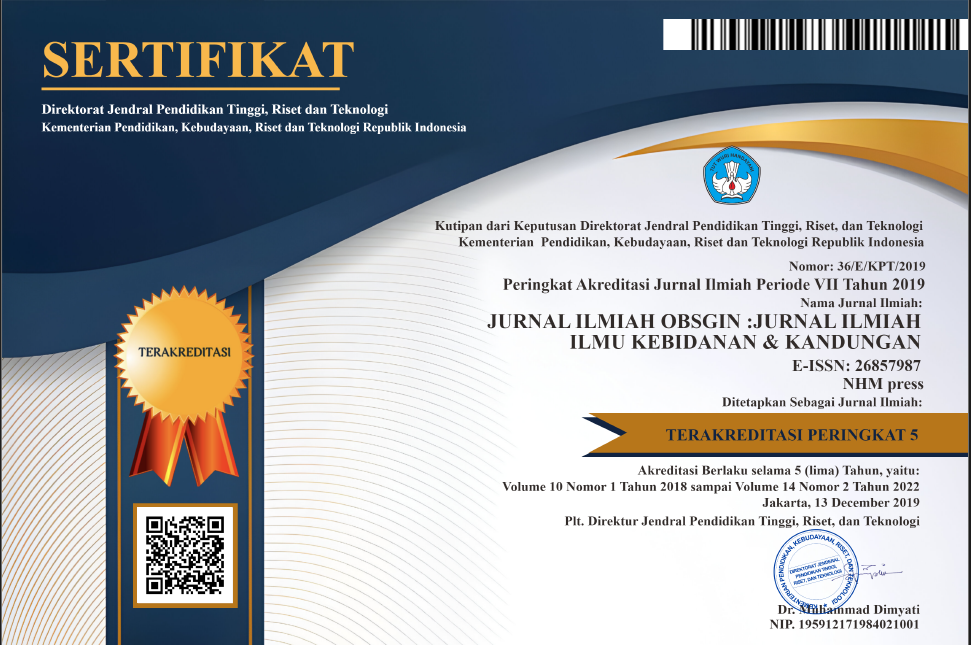FAKTOR-FAKTOR YANG MEMPENGARUHI KEJADIAN STUNTING PADA BALITA DI DESA SUMBER BRANTAS KECAMATAN BUMIAJI KOTA BATU
Abstract
Stunting is classified as affecting children under the age of five years or younger than the age of five years (Yuliana, 2019). According to Simbolon (2019), stunting is a child's inability to develop due to chronic malnutrition which lasts from birth until the child is two years old and causes the child to be too small for his age. Family characteristics including education, employment, wealth, parenting style, eating habits, and number of family members are several variables that influence a child's risk of experiencing stunting (Yuliana, 2019). Stunting (short) is one of the nutritional difficulties that is being addressed both in the world and in Indonesia. Up to 150.8 million children under five, or 22.2% of all children under five, are affected by stunting globally. Indonesia is ranked third among Southeast Asian/Southeast Asian Regional (SEAR) countries with the largest frequency according to WHO statistics. Various variables influence the occurrence of stunting in toddlers, especially preterm birth babies (LBW), exclusive breastfeeding and early weaning, the presence of infectious diseases, and complete basic vaccination status. The long-term impact is reduced learning and decreased productivity in the younger generation due to their low IQ.The aim of this research is to determine the factors that influence the incidence of stunting in Sumber Brantas Village, Bumiaji District, Batu City. Multiple linear regression was used to analyze the collected data.
The incidence of stunting and family condition factors correlate with the tcount>ttable value, namely 5.946>2.035 according to the research results. The incidence of stunting is strongly correlated with children's dietary factors (tcount>ttable or 2.181>2.035). The variables for the incidence of stunting and the child's health history are significantly correlated; The value of tcount>ttable is 2.348>2.035. Other factors not included in the research have an influence on the Rsquare value of the variable X1, %, and the remaining 1.8%. The total F value of 348.295>3.305 shows that the prevalence of stunting is significantly correlated with the mother's condition (X2), family condition (X1), children's eating habits (X3), and health history (X4).











